5 Great Grasses for a New Lawn
Lawns have been coming under attack as of late — after all, they are high-maintenance, chemically dependent thirst mongers, right? Yes and no. Much depends on what type of grass you choose, and if you choose the "wrong" type for your area, you're in for high water bills, lots of mowing and possibly an unhealthy landscape environment. And while many people want to reduce the size of or even eliminate their lawns, some live in neighborhoods where taking out the front lawn is prohibited.
One solution to the lawn issue lies in selecting the best type of lawn for your area. It's not easy. There is no one-size-fits-all grass that will do well everywhere, so it's best to consult the extension office in your county for recommendations. That said, here are some good options to consider when installing a new lawn.
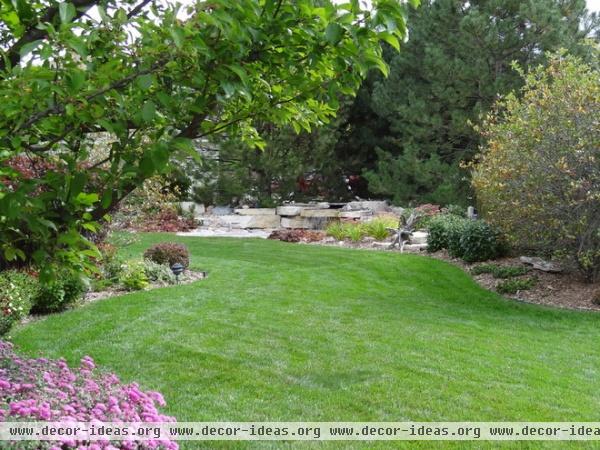
Before you get started, ask yourself what your goals are for your lawn. For example:
Do you need to water less? Do you hate mowing? Does your grass need to stand up to lots of foot traffic? Do you have a lot of shade? Do you want to minimize chemicals? Fine-tuning your answers to these questions will help you choose the best grass type for your landscape. Always take into account your area's challenges — low or high average rainfall, high heat, harsh winters or rocky soil should all inform your turfgrass choice.
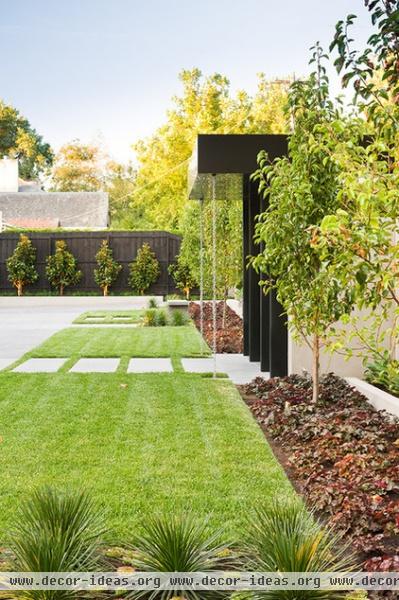
Grass Types
St. Augustine (Stenotaphrum secundatum, USDA zones 8 to 10; find your zone). This grass has a coarse texture and is adapted to moist, coastal areas with mild winter temperatures. It's also adapted to a wide range of soil types, does fairly well in moderate shade and provides good coverage with minimal mowing. St. Augustine is a "carpet" grass that creates a great low-profile lawn with high heat tolerance. It's native to the Gulf Coast regions, West Indies and Western Africa.
St. Augustine does not handle high foot traffic well and is not recommended for areas with drought issues.
Suggested varieties: Floratam, Raleigh, Seville
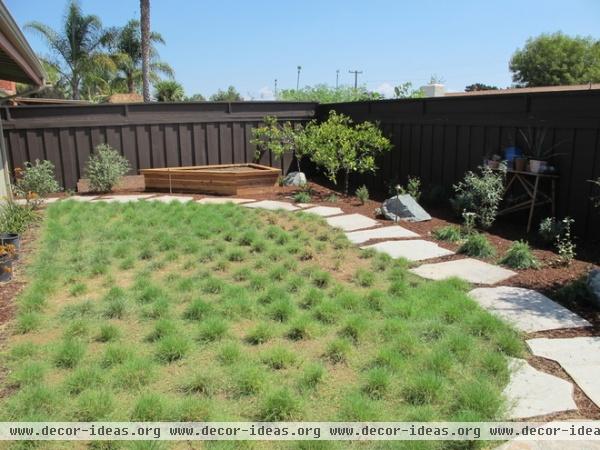
Buffalo grass (Bouteloua dactyloides, zones 4 to 9 and up). If you live in an area with extreme heat and prolonged drought, take a look at buffalo grass. This warm-season perennial grass thrives in the absence of high irrigation and fertilization, needs little mowing and is perfect for those wanting a more low-maintenance native or meadow look. It will grow up to 10 feet tall if left unmowed, but can be kept at a height of 2 to 3 inches. Buffalo grass is native to the Great Plains and adapts widely to other warm climates.
It does not stand up well in shady areas or to excessive foot traffic.
Suggested varieties: Bison, Bowie, Cody, Plains
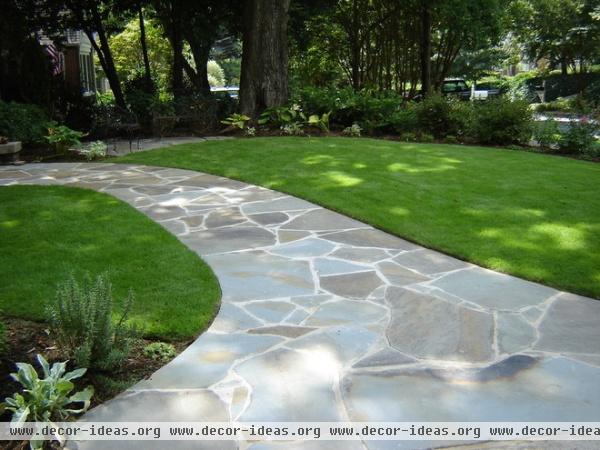
Zoysia (Zoysia spp, zones 6 to 9). This warm-season perennial grass can have either coarse or fine texture, and is adapted to a wide range of soils. In southern climates it performs fairly well in semishaded areas, but the farther north you go, it'll need more sun. It's an extremely drought-tolerant grass, and although it will turn straw colored during severe drought conditions, it will respond very favorably to subsequent irrigation. This grass has excellent wear tolerance, making it perfect for lawns, golf courses and play areas.
Because of the slow growth rate, zoysia has poor recuperative potential when it's been damaged or overused. It's best to resod damaged spots.
Suggested varieties: Belair, El Toro, Emerald, Meyer
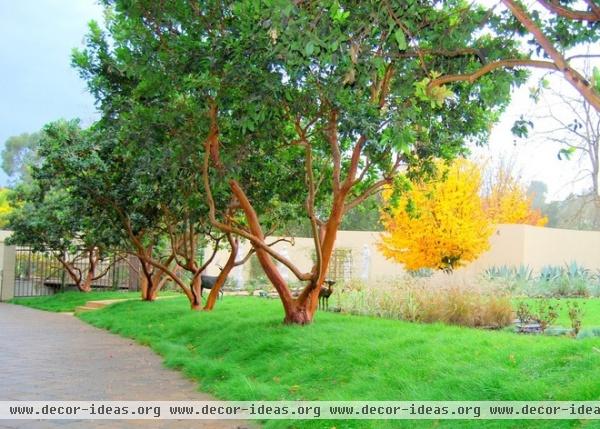
Tall fescue (Festuca arundinacea, zones 2 to 7). Although it grows best in moist environments, tall fescue actually has good drought tolerance. It grows quite well in those "transition" areas of the United States, where it's too hot and humid for cool-season grasses, yet too cool for warm-season grasses. It is adapted to many soil types but prefers well-drained clay soils, and it does fairly well in more shaded conditions. Although not native to the United States, it is well adapted and widely found in low-lying pasture areas of the Pacific Northwest and South.
Tall fescue should not be used in areas that require grass to be mowed to less than 1½ inches during the summer.
Suggested varieties: Alta, Kentucky-31
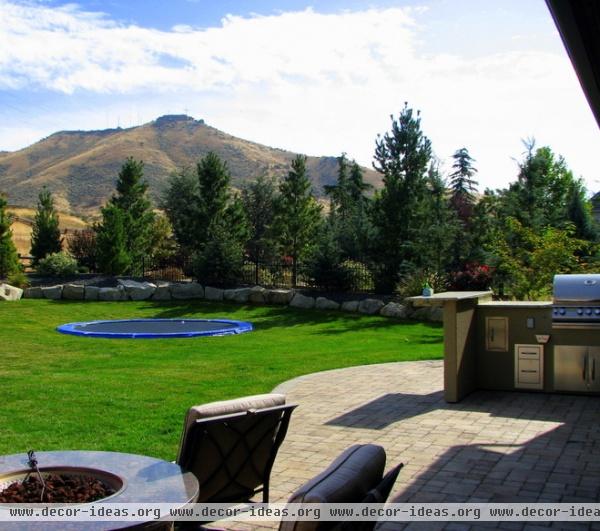
Kentucky bluegrass (Poa pratensis, zones 2 to 7). Bluegrass is a cool-season grass that grows well in the fall, winter and spring but will go dormant in the hot summer. This grass is native to North America, Asia and Europe, and it has moderate wear tolerance and shade tolerance; it can take some light abuse and rebound fairly quickly. It should be noted, however, that there are a number of different varieties of bluegrass with varying levels of drought tolerance and mowing requirements. One of the main features that makes bluegrass such a popular choice is that it is adapted to a very wide variety of uses: lawns, play areas, golf courses, sports fields etc..
Kentucky bluegrass will not perform in areas of deeper shade, and will need regular fertilizing to look its best.
Suggested varieties: Kimono, Monopoly, Parade, Vanessa
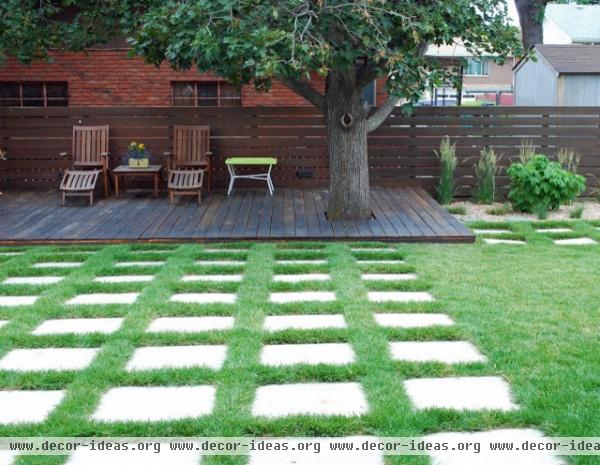
Tips for growing a gorgeous lawn:
Newer varieties of old favorites are often more resistant to diseases and pests.Cool-season grasses (fescue, bluegrass) do best in Northern climates, while warm-season grasses (St. Augustine, zoysia) fare better in Southern climates.A grass variety recommended for one area of the country may be discouraged for use in another area.Take the time to prepare the soil properly before installing your grass.Know if your selected grass type is best started by sod pieces or by seed, and what time of year is best to get the lawn started in your area. In general, seed should be sown either in spring or fall; sod can be laid year-round if you live in a Southern climate. Consider a blend of grasses to promote a healthy, disease-resistant ecosystem.Strongly consider using your area's native grass type — it will be naturally adapted to your specific growing conditions.












